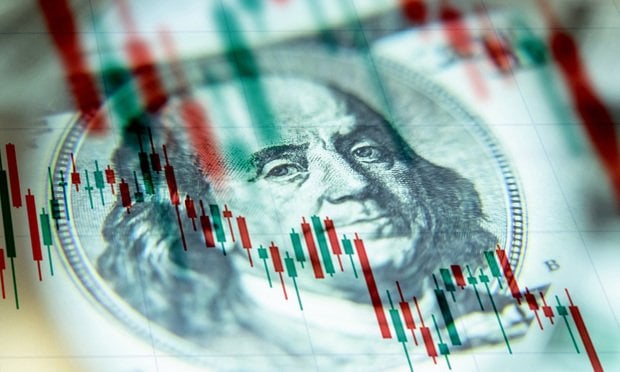Jobs
Unemployment Rate Hits 4% With 272,000 Jobs Added to the Economy | GlobeSt

So far this year, all monthly jobs numbers were restated and three times out of four lowered.
Monthly jobs numbers are critical in CRE to understand the economy and their impact on interest rates, transactions, valuations, and rents. But this gets tangled because details come from multiple directions and over time.
The number of jobs in May, 272,000, burst through the median expectations of 190,000 as compiled by Dow Jones. And yet, the expectations of a 3.9% unemployment rate were slightly too low, as unemployment inched up to 4.0%. Historically, not a bad number for those who remember unemployment in the low-to-mid 5s was considered good, but still a surprise.
“The May jobs report sent conflicting messages,” wrote Bill Adams, Chief Economist for Comerica Bank, in an email note. “Payrolls rose solidly and wage growth picked up, signs the labor market is still running hot. On the other hand, the unemployment rate rose, recent job growth has been concentrated in part-time jobs, and temp jobs fell, signs the labor market is cooling.”
To understand the seeming contradiction, remember that these two pieces of information come from separate surveys. One is of households and the other is of businesses. The former provides the information that determines the unemployment rate, and the latter comes from a survey of businesses. Both are statistical in nature, so without a single number that encapsulates absolute truth. People have to expect wobble and data moving in directions that they don’t expect.
A consideration is what happens to data over time, as headlines are often retroactively wrong. There are two monthly revisions of jobs after the initial report. January jobs went from 353,000 to 229,000 in February and 256,000 in March. February went from 275,000 to 270,000 and then 236,000. March: 303,000 then 315,000 and then 310,000. So far, April fell from below-expectations 175,000 to 165,000 in May. Will it fall further? Maybe. Could May’s figure fall? There seems a good likelihood.
But there is also the timeline of data rather than a month or two or three here or there.
“The mighty US job engine revved back into higher gear in May, with the gain of 272,000 new jobs topping all forecasts and standing in stark contrast to the moderation in readings recorded across a wide range of economic reports for April and May,” Nationwide Chief Economist Kathy Bostjancic wrote in an email. “This in turn could help keep inflation more buoyant and delay Fed rate cuts to later this year or into next year. We had been anticipating the start of rate cuts in September, totaling 50bps of cuts this year but the persevering strong employment gains raises the likelihood of later rate cuts.”
All this is one reasonable read of the immediate data. However, the Federal Reserve looks for longer trends. A relatively good month following a relatively bad month in jobs isn’t a replacement. Experts like consultant and former Fed economist Claudia Sahm have pointed out that the central bank looks for long stretches of movement. The more up and down there is, the greater the chances that the Fed will take its time before making a clear adjustment.







:max_bytes(150000):strip_icc()/roundup-writereditor-loved-deals-tout-f5de51f85de145b2b1eb99cdb7b6cb84.jpg)


